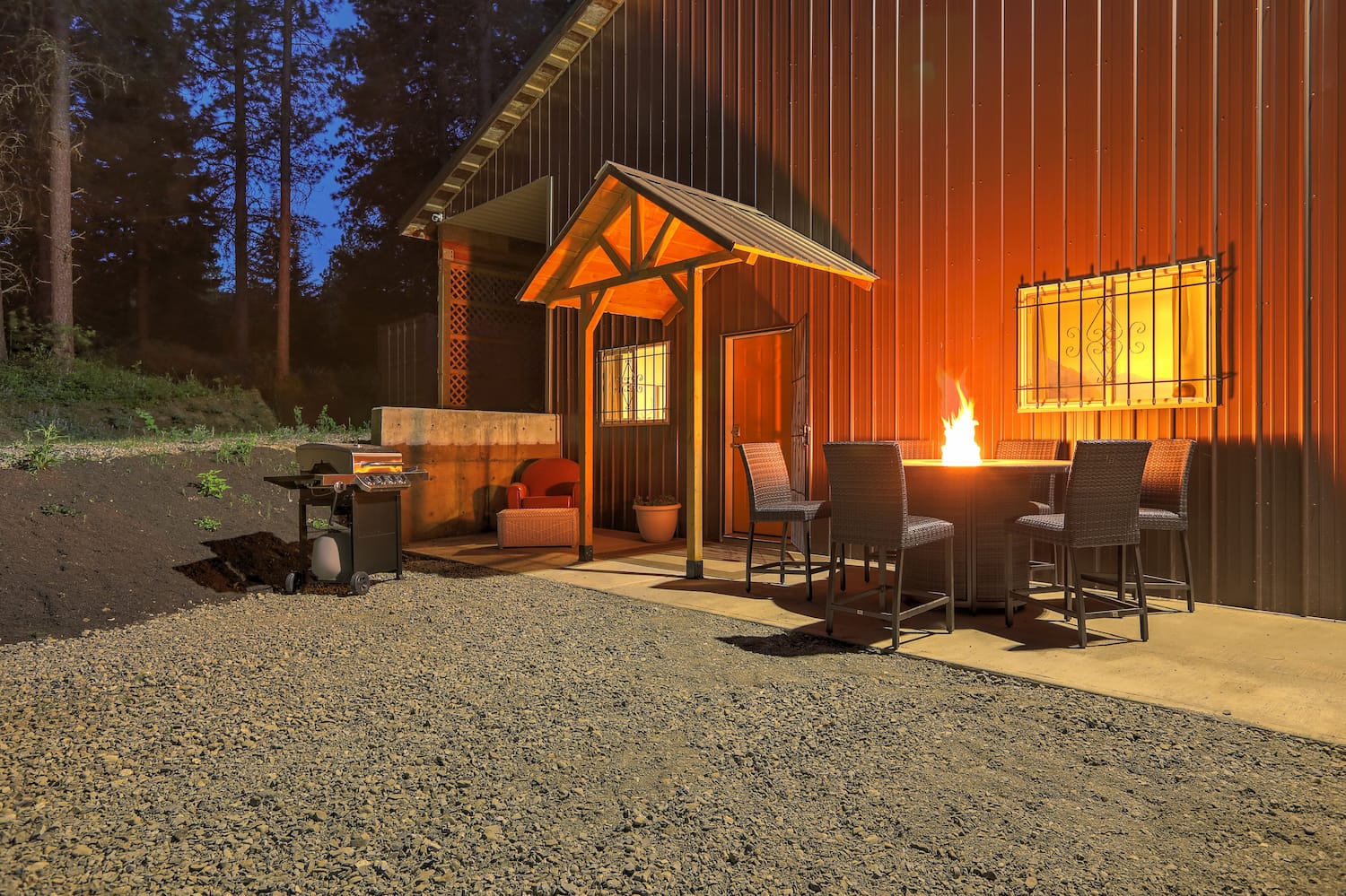Barndominiums Vs. Typical Residences: a Thorough Comparison of Lifestyle and Functionality
The choice between barndominiums and conventional homes encompasses different variables, including way of living choices and practical demands. Barndominiums are characterized by their open layouts and adaptability, frequently appealing to those who focus on public living and convenience.
Overview of Barndominiums
Barndominiums, an unique real estate trend getting popularity across numerous regions, mix the rustic charm of barn-style architecture with the capability of modern-day home. These distinct structures normally contain a steel or timber structure, combining open flooring plans and high ceilings with energy-efficient attributes. Usually located on extensive rural homes, barndominiums provide home owners the chance to take pleasure in a serene way of life while supplying adequate space for different activities.
The versatility of barndominiums extends beyond their aesthetic appeal; they can serve as both living quarters and practical areas for hobbies, workshops, and even local business. Their adaptive design permits easy modification, suiting varied household demands and preferences. Several owners appreciate the low upkeep needs associated with steel house siding and roof, adding to lasting toughness.

Features of Standard Homes
Highlighting timeless design and convenience, standard homes are characterized by their distinctive architectural styles, which frequently mirror historic influences and regional visual appeals. Common attributes consist of in proportion exteriors, gabled roof coverings, and a focus on craftsmanship, leading to a warm and welcoming environment.
Conventional homes often include components such as crown molding, wainscoting, and wood floor covering, boosting their timeless appeal. They commonly include multiple rooms with defined purposes, promoting household communication while permitting personal privacy. learn more. The design often consists of official living and eating locations, which are favorable to entertaining guests and hosting family members celebrations
Exterior products such as block, wood, or rock are regularly utilized, adding to resilience and a sense of durability. Barndominium repair. Additionally, several standard homes are designed with front patios or stoops, fostering a feeling of neighborhood and connection with the community
Landscape design plays a considerable function in traditional home layout, with properly maintained gardens and pathways that boost visual charm - learn more. In general, traditional homes embody a sense of nostalgia and stability, interesting those who value heritage and a much more organized living setting
Price Comparison
Commonly, an expense comparison in between barndominiums and standard homes discloses considerable differences in building expenses and general investment. Barndominiums, frequently created from steel or steel frames, generally sustain lower product and labor expenses than typical homes constructed from timber and brick. The streamlined design of barndominiums can equate to minimized building times, better reducing labor costs and accelerating tenancy.
On standard, the expense per square foot for a barndominium varies from $100 to $150, while conventional homes can vary widely, commonly falling in between $150 and $300 per square foot, depending on area, materials, and design complexity. This expense variation makes barndominiums an eye-catching option for budget-conscious purchasers seeking bigger living rooms without giving up high quality.
Furthermore, barndominiums may cause long-lasting cost savings with lower maintenance expenses, energy efficiency, and insurance coverage prices. Their resilient building products commonly call for much less maintenance gradually contrasted to standard homes. However, it is essential to take into consideration that while preliminary expenses might be lower for barndominiums, the last financial investment will additionally depend upon specific personalization and preferred services, which can affect the general expenditure in both real estate types.
Way Of Life and Space Considerations
When considering way of life and area, barndominiums offer a special flexibility that allures to a variety of property owners. These hybrid structures integrate household living with functional room, often featuring open floor strategies that can be adjusted to Related Site match individual demands. This versatility is particularly useful for family members or individuals seeking a personalized living atmosphere, enabling diverse usages such as home workplaces, workshops, or leisure locations.

Moreover, the aesthetic allure of barndominiums can accommodate both rustic and modern preferences, making them a functional option for different layout choices (Barndominium repair). Inevitably, the choice in between a barndominium and a typical home often depends upon exactly how well each option straightens with the homeowner's way of life ambitions and spatial requirements, highlighting the relevance of thinking about personal priorities in the decision-making procedure
Environmental Impact and Sustainability
The ecological influence and sustainability of barndominiums present engaging advantages compared to conventional homes. Mostly constructed from steel and various other long lasting products, barndominiums are frequently developed making use of recycled sources, decreasing the need for new products and lessening waste. Their layout typically stresses open rooms, which can bring about reduced energy consumption for cooling and heating contrasted to traditional homes with more fractional layouts.
Moreover, barndominiums can integrate sustainable attributes such as photovoltaic panels, rain harvesting systems, and progressed insulation strategies, improving their energy efficiency. The versatility of their layout enables homeowners to incorporate these technologies extra effortlessly than in many typical homes, which may need extensive retrofitting.
In addition, barndominiums usually call for less resources for construction as a result of their easier, a lot more efficient styles. This not only reduces the carbon impact connected with building however also adds to an extra lasting way of life. In comparison, traditional homes might involve greater degrees of power expenditure and source use throughout their lifecycle, from building to upkeep. Overall, barndominiums stand for a forward-thinking technique to lasting living, aligning with modern environmental concerns.
Final Thought
In summary, the option between barndominiums and traditional homes rests on specific way of living preferences and practical needs. Barndominiums, with their open designs and lasting materials, provide to those looking for adaptability and communal living. Conversely, standard homes use specified areas that improve personal privacy and maintain historic aesthetics. Each option offers special benefits, requiring mindful factor to consider of one's worths and needs when figuring out one of the most appropriate living environment.